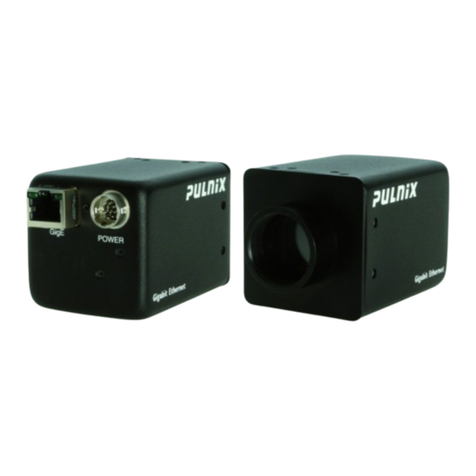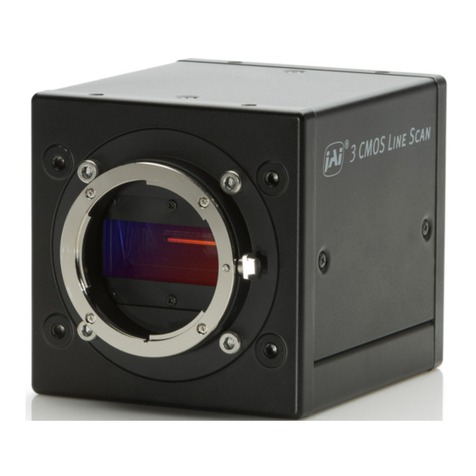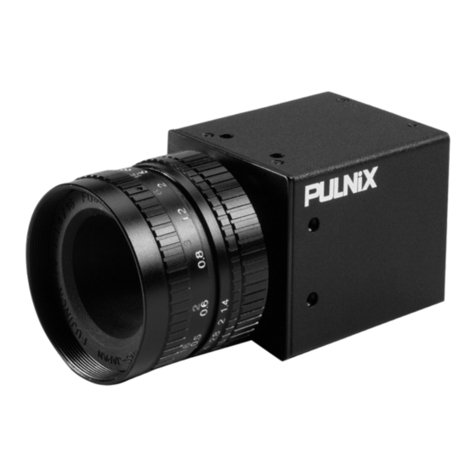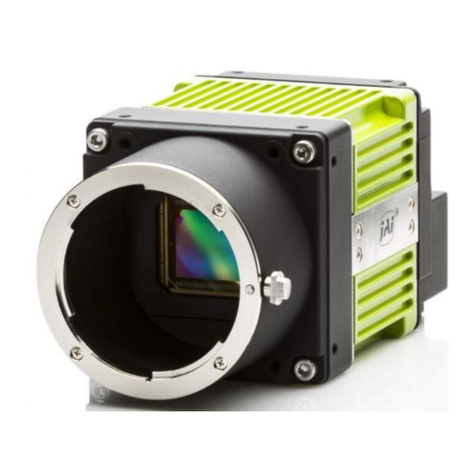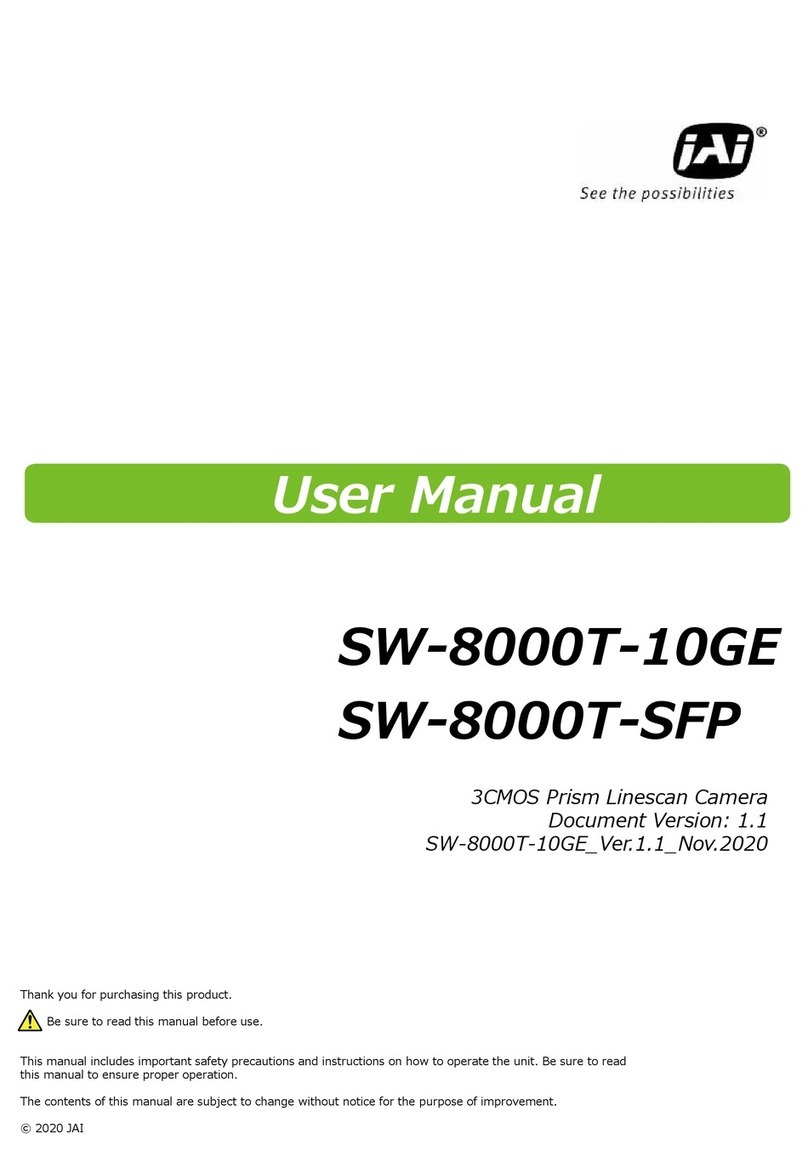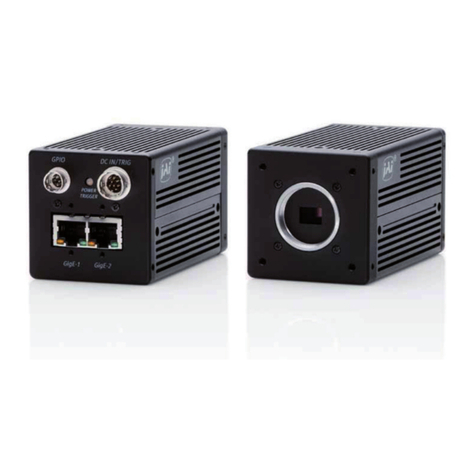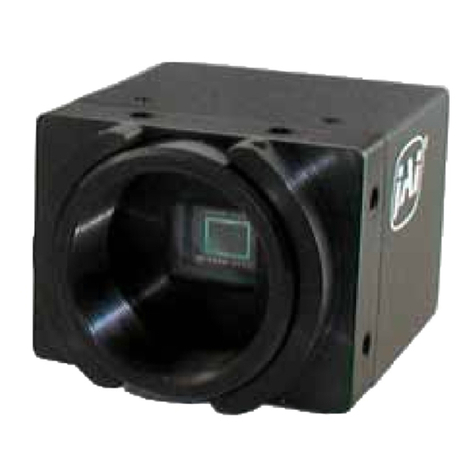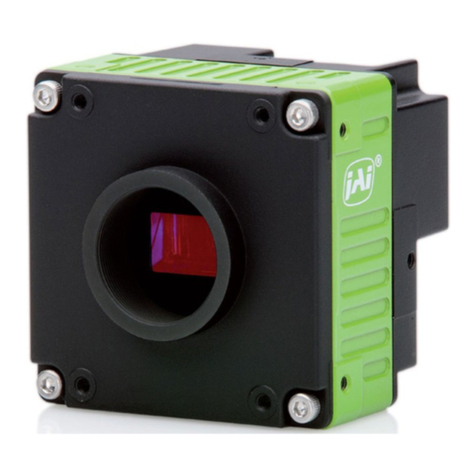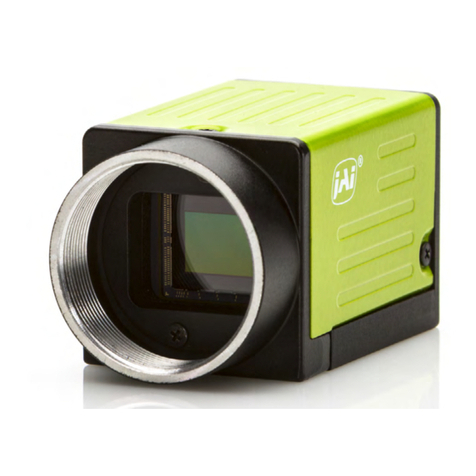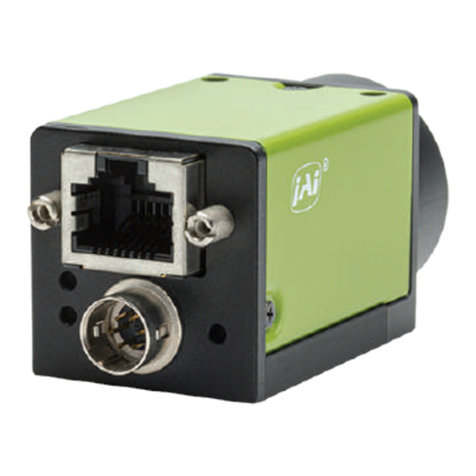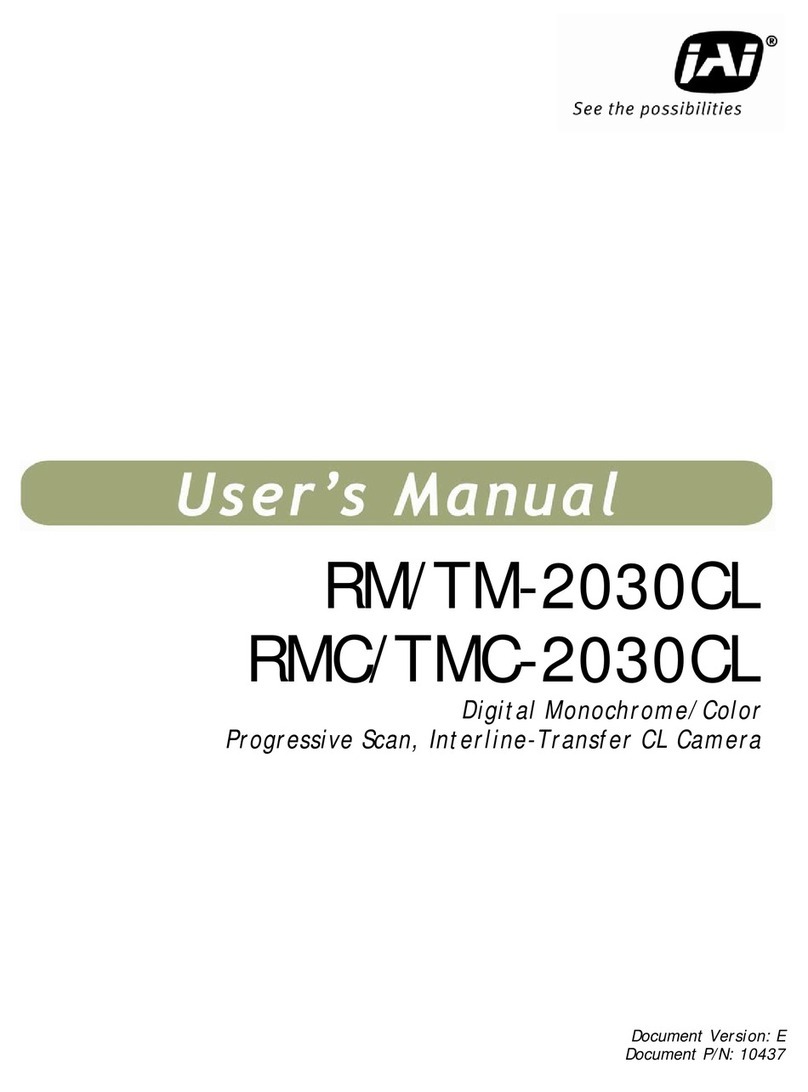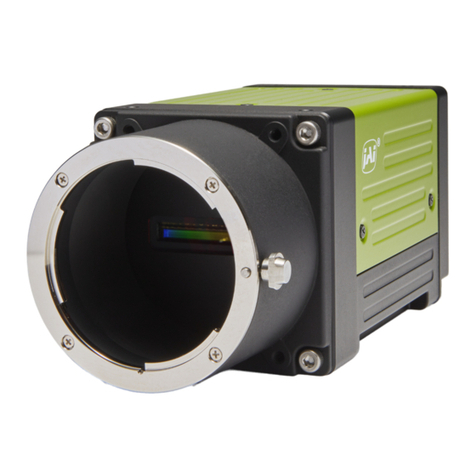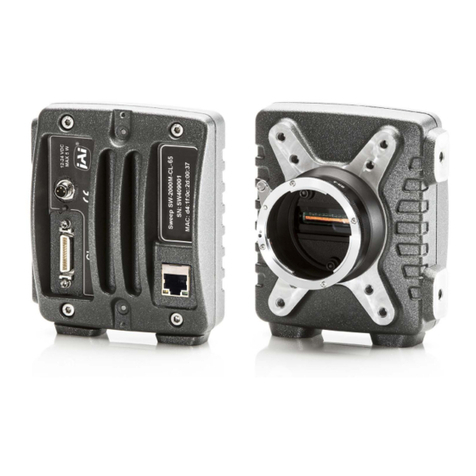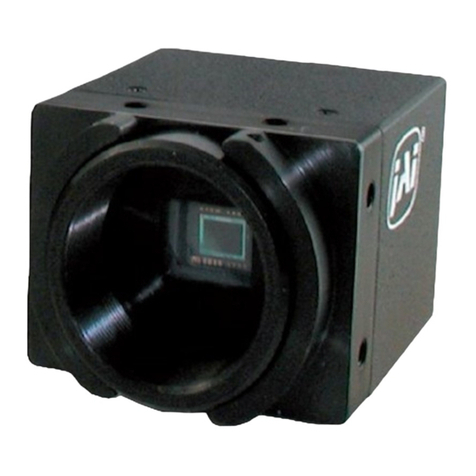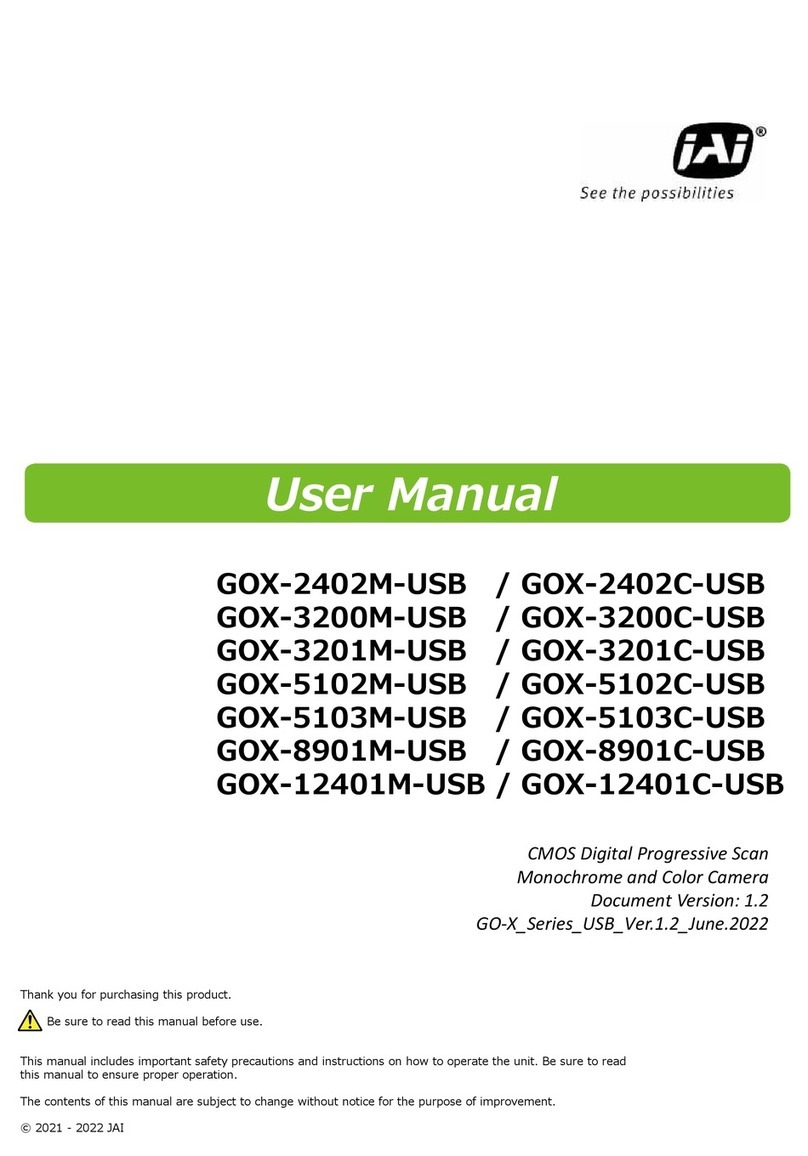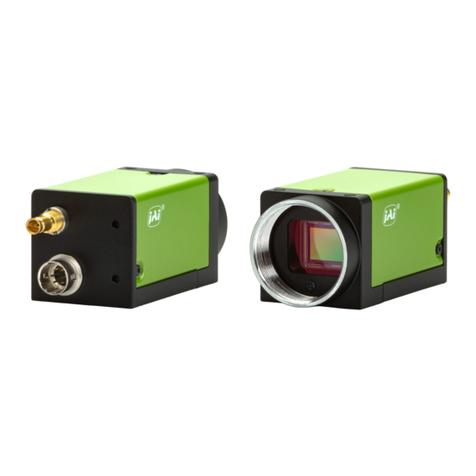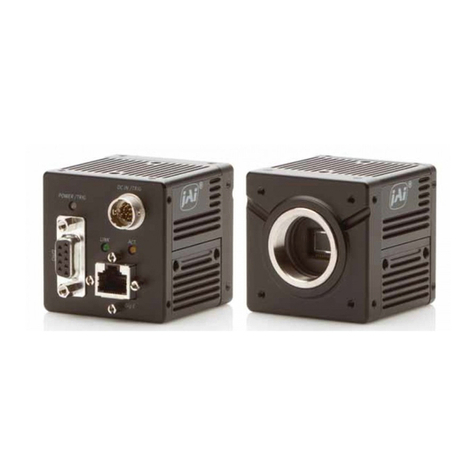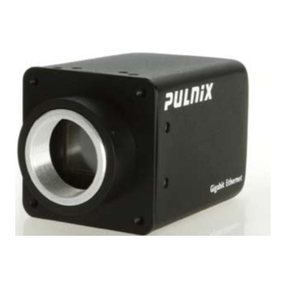
LQ-200CL
-Table of contents –
1. General........................................................................................................ 5
2. Camera nomenclature ...................................................................................... 5
3. Main features................................................................................................. 5
4. Locations and functions .................................................................................... 6
4.1. Locations and functions ............................................................................... 6
4.2. Rear Panel ............................................................................................... 7
5. Connectors and pin assignment ........................................................................... 8
5.1. 12-Pin Connector (Hirose) ............................................................................ 8
5.2. Digital Output / Interface Connectors for CameraLinkTM........................................ 8
5.3. Input and output circuits.............................................................................. 9
5.3.1 Trigger input ........................................................................................ 9
5.3.2 EEN / XEEN output (Exposure ENable).......................................................... 9
5.3.3 Camera Link Interface (Bit allocation) ........................................................ 10
5.3.4 Camera link output port ......................................................................... 11
5.3.5 Bit allocation of the output video.............................................................. 11
6. Functions and Operation .................................................................................. 12
6.1. Basic functions......................................................................................... 12
6.2. Operating mode ....................................................................................... 13
6.2.1 No-Shutter mode with internal trigger ........................................................ 14
6.2.2 No-Shutter mode with external trigger ....................................................... 15
6.2.3 Shutter-Select mode with internal trigger.................................................... 16
6.2.4 Shutter-Select mode with external trigger ................................................... 17
6.2.5 Pulse Width Control (PWC) mode .............................................................. 18
6.3. Scan rate and exposure time range ................................................................ 19
6.3.1 Minimum cycle time of external trigger....................................................... 19
6.3.2 Minimum trigger pulse width.................................................................... 19
6.3.3 Compatibility of trigger modes and functions................................................ 19
6.3.4 Trigger modes and auto white balance modes matrix table............................... 19
7. Functions listed alphabetically by command acronyms.............................................. 20
7.1 Command AHRS –Request Status After One-Push AWB......................................... 20
7.2 Command AL –Automatic Line Rate Reference Level .......................................... 20
7.3 Command AR –Automatic Line Rate Setting ..................................................... 20
7.4 Command ARST –Auto Reset Mode ................................................................ 20
7.5 Command AH - Activate One-Push Auto White Balance (AWB) - Shutter.................... 21
7.6 Command AW –Activate One-Push Auto White Balance (AWB) - Gain....................... 21
7.7 Command BA –Bit Allocation ....................................................................... 21
7.8 Command BI –Binning (horizontal only) .......................................................... 22
7.9 Command BL –Master Black Level ................................................................. 22
7.10 Commands BLR , BLB and BLIR –Black Level Red, Blue and NIR.............................. 22
7.11 Command BLM - Black Level Mode ............................................................... 22
7.12 Command EI –Interlocked R, G, B & NIR Exposure.............................................. 23
7.13 Command GA –Master Gain Level.................................................................. 23
7.14 Commands GAR, GAB and GAIR –Gain Level Red, Blue and NIR. ............................. 23
7.15 Commands GAR2 , GAG2, GAB2 and GAIR2 –Fine Gain (R,G, B and NIR) ................... 24
7.16 Command GM - Gain Mode ...................................................................... 24
7.17 Command LR - Line Rate (Scan Rate) ............................................................. 24
7.18 Command LUTC - LUT Control .................................................................. 24
7.19. Command NR - Noise Reduction ............................................................. 25
7.20 Command PBC –Enable Pixel Black (FPN) Correction .......................................... 25
7.21. Command PBR –Run Pixel Black Correction and Store to User Area ......................... 25
7.22. Command PBS - Request Status After Pixel Black Correction.............................. 26
7.23. Command PER,PEG,PEB and PEIR –Programmable Exposure for R,G,B,and NIR ........... 26
7.24. Command PGC –Enable Flat-Field Correction (pixel gain)..................................... 27
7.25. Command PGR –Pixel Gain Correction and Store in User Area................................ 27
7.26. Command PGS - Request Status After Pixel Gain Correction .............................. 28
